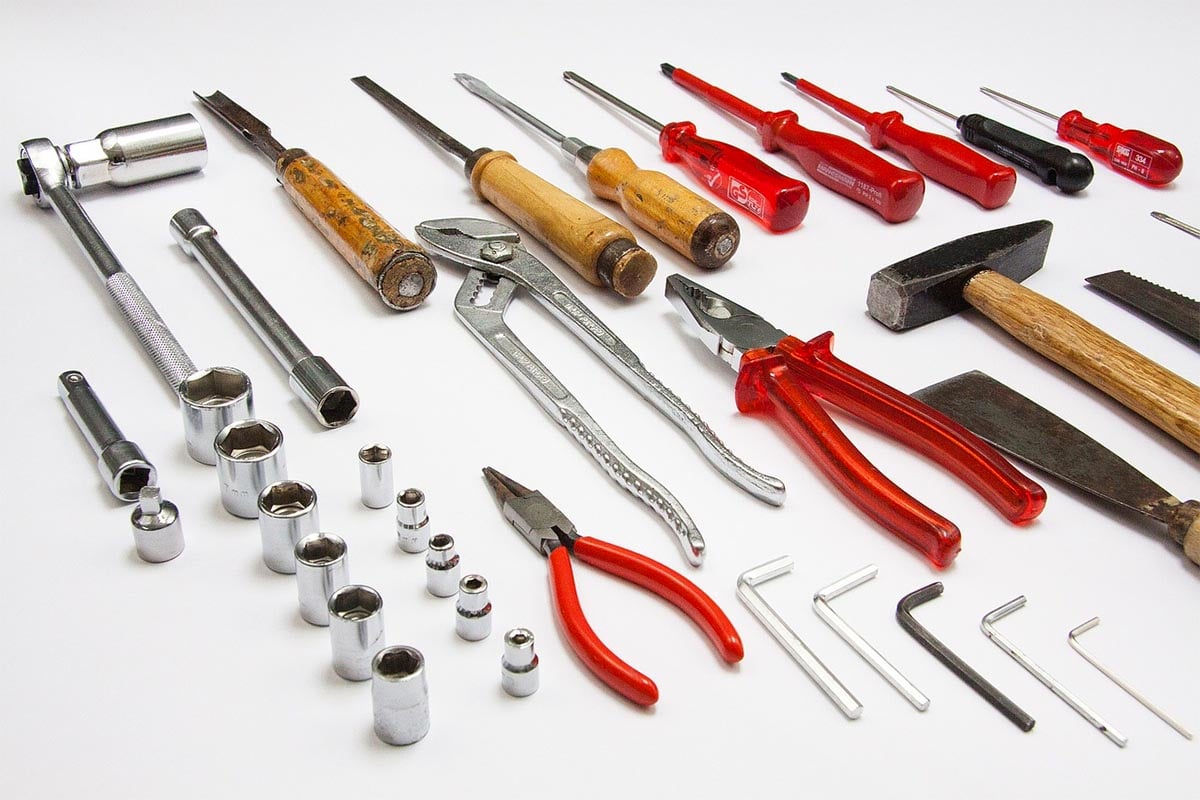

Articles
What Hand Tools Can You Bring On An Airplane
Modified: December 7, 2023
Discover the essential hand tools that can be safely packed in your carry-on when flying. Read our informative articles on air travel restrictions and packing tips.
(Many of the links in this article redirect to a specific reviewed product. Your purchase of these products through affiliate links helps to generate commission for Storables.com, at no extra cost. Learn more)
Introduction
Traveling by air can be an exciting and efficient way to reach your destination. However, packing for a flight can sometimes be a challenge, especially when it comes to carrying hand tools in your carry-on bag. As a traveler, you might find yourself wondering which hand tools are allowed in your carry-on and which ones are prohibited. Understanding the regulations set by the Transportation Security Administration (TSA) is crucial to ensure a smooth and hassle-free travel experience.
In this article, we will explore the TSA regulations for hand tools in carry-on bags, providing you with a comprehensive guide on what hand tools can go on an airplane as a carry-on. We will also share some useful tips on packing your hand tools in a way that meets TSA requirements while prioritizing convenience and safety.
So, if you’re a handy traveler looking to bring your tools with you on your next adventure, keep reading to find out what you need to know.
Key Takeaways:
- When traveling with hand tools in your carry-on bag, ensure they are within TSA size restrictions and serve a clear purpose to avoid potential issues at the security checkpoint.
- Pack essential hand tools like screwdrivers, wrenches, and pliers in your carry-on bag, but avoid prohibited items such as hammers, saws, and axes to maintain compliance with TSA regulations and ensure a smooth travel experience.
Read more: What Kind Of Oil Can You Use On Hand Tools
TSA Regulations for Hand Tools
The TSA has established regulations regarding the transportation of hand tools in carry-on bags to ensure the safety of all passengers on board. These regulations are in place to prevent potential security threats and to maintain a secure environment during air travel.
According to the TSA guidelines, hand tools are generally allowed in carry-on bags, with a few exceptions. However, it is important to note that airport security officers have the final say on whether a specific hand tool is permitted or not. So, it’s always a good idea to check the TSA website or contact your airline in advance to confirm any restrictions or special requirements.
When it comes to hand tools, the size, shape, and potential use as a weapon are the main factors considered by the TSA. An important point to keep in mind is that some tools that are allowed in carry-on bags may be subject to additional scrutiny or screening at the security checkpoint.
To ensure a hassle-free experience, it is recommended to pack your hand tools following these guidelines:
- Check Size and Shape: The TSA advises that hand tools should be smaller than seven inches in length. Tools with sharp edges or pointed ends may raise suspicions and could potentially be restricted.
- Consider Purpose: Tools that have a clear purpose, such as screwdrivers, wrenches, and pliers, are generally allowed. However, if a tool can be modified or altered to cause harm, it may be prohibited.
- Avoid Restricted Tools: Certain tools are explicitly prohibited from carry-on bags, including drills, saws, hammers, and other tools that could be classified as potential weapons. These items should be packed in checked baggage instead.
Remember that the rules and regulations may change periodically, so it’s always a good idea to verify the most up-to-date information before traveling. Being knowledgeable about the regulations will help you avoid any potential issues or delays during the security screening process.
Hand Tools Permitted in Carry-On Bags
While there are restrictions on certain hand tools for carry-on bags, there is still a wide range of tools that are permitted. These tools are essential for quick fixes or small projects that you may need to tackle while on the go. Here are some of the hand tools that you can safely pack in your carry-on bag:
- Screwdrivers: Screwdrivers are a versatile tool and are generally permitted in carry-on bags. Whether you need to tighten a loose screw or assemble furniture, having a screwdriver at hand can come in handy during your travels.
- Wrenches: Adjustable wrenches and small-sized wrenches that fit within the size restrictions are allowed in carry-on bags. These tools are useful for tasks that involve tightening or loosening bolts and nuts.
- Pliers: Pliers, such as needle-nose pliers and slip-joint pliers, are permitted in carry-on bags. They are useful for gripping, bending, and cutting wires or other small materials.
- Wire Cutters: If you need to work with electrical wires or cables during your trip, wire cutters are essential. As long as they are within the allowed size restrictions, wire cutters can be safely packed in your carry-on bag.
- Tape Measure: A small, retractable tape measure can be useful in various situations, such as measuring dimensions for furniture or checking if your carry-on bag meets size requirements.
- Hex Keys: Hex keys, also known as Allen wrenches, are compact and widely used for assembling furniture, bicycles, and other objects. They are permitted in carry-on bags as long as they meet the size limitations.
These are just some examples of hand tools that are generally allowed in carry-on bags. However, it’s important to note that the final decision rests with the security officers at the checkpoint. If a tool is deemed to pose a security risk, it may not be allowed in your carry-on bag.
Remember, it’s always a good idea to familiarize yourself with the specific TSA guidelines for hand tools and to double-check with your airline before packing any tools in your carry-on bag.
Most hand tools are not allowed in carry-on luggage, but small tools like screwdrivers and pliers are usually permitted. Check with the airline for specific guidelines.
Hand Tools Prohibited in Carry-On Bags
While there are many hand tools that are permitted in carry-on bags, there are also several tools that are prohibited due to potential safety risks. These tools are considered dangerous and could potentially be used as weapons or cause harm onboard the aircraft. It’s important to be aware of these prohibited hand tools to avoid any issues during the security screening process. Here are some examples of hand tools that are generally not allowed in carry-on bags:
- Hammers: Hammers, both large and small, are prohibited in carry-on bags. These tools can be used as weapons and pose a significant risk to other passengers and the aircraft.
- Drills: Power drills, cordless drills, and any type of drill bits are not permitted in carry-on bags. These tools have the potential to cause damage or injury and are best packed in checked baggage.
- Saws: Hand saws, hacksaws, and other cutting tools with sharp blades are not allowed in carry-on bags. These tools can be easily used as weapons and pose a severe safety risk.
- Axes: Axes, hatchets, and splitting mauls are strictly prohibited in carry-on bags. These tools are designed to cut through wood and could cause significant harm if used as a weapon onboard the aircraft.
- Chisels: Chisels, particularly those with sharp and pointed tips, are not permitted in carry-on bags. These tools can easily be used to cause injury and must be packed in checked baggage.
- Pry Bars: Pry bars and crowbars, which are commonly used for leverage and prying open objects, are prohibited in carry-on bags due to their potential as improvised weapons.
It’s important to note that this list is not exhaustive, and there may be other hand tools that are considered prohibited by the TSA. If you are unsure about a specific tool, it’s best to check with the airline or consult the TSA website for the most up-to-date information.
Remember, it’s always better to pack prohibited hand tools in your checked baggage to avoid any delays or confiscation at the security checkpoint. By doing so, you can ensure a smoother and hassle-free travel experience.
Tips for Packing Hand Tools in Carry-On Bags
Now that you’re aware of the TSA regulations for hand tools in carry-on bags, it’s important to know how to pack them properly to ensure convenience and safety during your travels. Here are some useful tips to keep in mind when packing your hand tools in your carry-on bag:
- Check TSA Guidelines: Before packing any hand tools, review the TSA guidelines to ensure that the tools you plan to bring are permitted in carry-on bags. Double-checking the regulations will help you avoid any surprises or potential issues at the security checkpoint.
- Choose the Essential Tools: Consider the tasks you are likely to encounter during your trip and pack only the essential tools. Select versatile tools that can handle a variety of jobs to minimize the number of tools you need to bring.
- Compact and Lightweight: Opt for compact and lightweight hand tools to maximize space and reduce the weight of your carry-on bag. Look for smaller versions or multi-purpose tools that can still perform the necessary tasks.
- Protective Covers or Cases: To prevent accidental injury and damage to other items in your bag, consider using protective covers or cases for sharp hand tools. Keep them securely enclosed to avoid any potential mishaps during the journey.
- Organize and Secure: Arrange your hand tools in an organized manner within your carry-on bag. Utilize pockets, compartments, or tool organizers to keep them secure and easily accessible. This will help prevent damage and make the tools easier to locate when you need them.
- Remove Batteries or Power Sources: If you’re bringing cordless hand tools, make sure to remove the batteries or power sources before packing them in your carry-on bag. This will prevent any accidental activation or electrical issues during the flight.
- Be Mindful of Other Passengers: While your hand tools may be allowed in your carry-on bag, remember to be considerate of your fellow passengers. Avoid displaying or handling the tools in a way that may make others uncomfortable or raise unnecessary concerns.
By following these tips, you can ensure that your hand tools are packed efficiently and safely in your carry-on bag. It’s always a good idea to double-check the guidelines and regulations to stay informed and up-to-date. Remember, the main goal is to have your tools readily available for use while adhering to the TSA rules and maintaining a smooth travel experience.
Read more: Where Can You Rent Hand Tools
Conclusion
Traveling with hand tools in your carry-on bag can be a convenient and practical choice for handy individuals who may need to tackle small projects or quick fixes while on the go. Understanding the TSA regulations for hand tools is crucial to ensure a smooth and hassle-free travel experience.
In this article, we have explored the TSA regulations for hand tools in carry-on bags. We have learned that while many hand tools are permitted, there are also some that are prohibited due to safety concerns. By following the guidelines and packing your hand tools appropriately, you can ensure compliance with the TSA regulations and avoid any potential issues at the security checkpoint.
Remember to choose essential tools that are within the allowed size restrictions and avoid packing prohibited tools such as hammers, saws, and axes in your carry-on bag. Use protective covers or cases to prevent damage or injuries, and organize your tools within your bag to ensure easy access and security.
Furthermore, always stay informed and up-to-date on the latest TSA guidelines for hand tools, as regulations may change periodically. Checking the TSA website or contacting your airline before traveling can provide you with the most accurate and current information.
With these tips in mind, you can confidently pack your hand tools in your carry-on bag, knowing that you are adhering to the TSA regulations while maintaining convenience and safety during your journey.
So, whether you’re a DIY enthusiast or a professional handyman, rest assured that with proper knowledge and preparation, you can bring your essential hand tools with you on your next flight and be ready to handle any small project that comes your way.
Frequently Asked Questions about What Hand Tools Can You Bring On An Airplane
Was this page helpful?
At Storables.com, we guarantee accurate and reliable information. Our content, validated by Expert Board Contributors, is crafted following stringent Editorial Policies. We're committed to providing you with well-researched, expert-backed insights for all your informational needs.
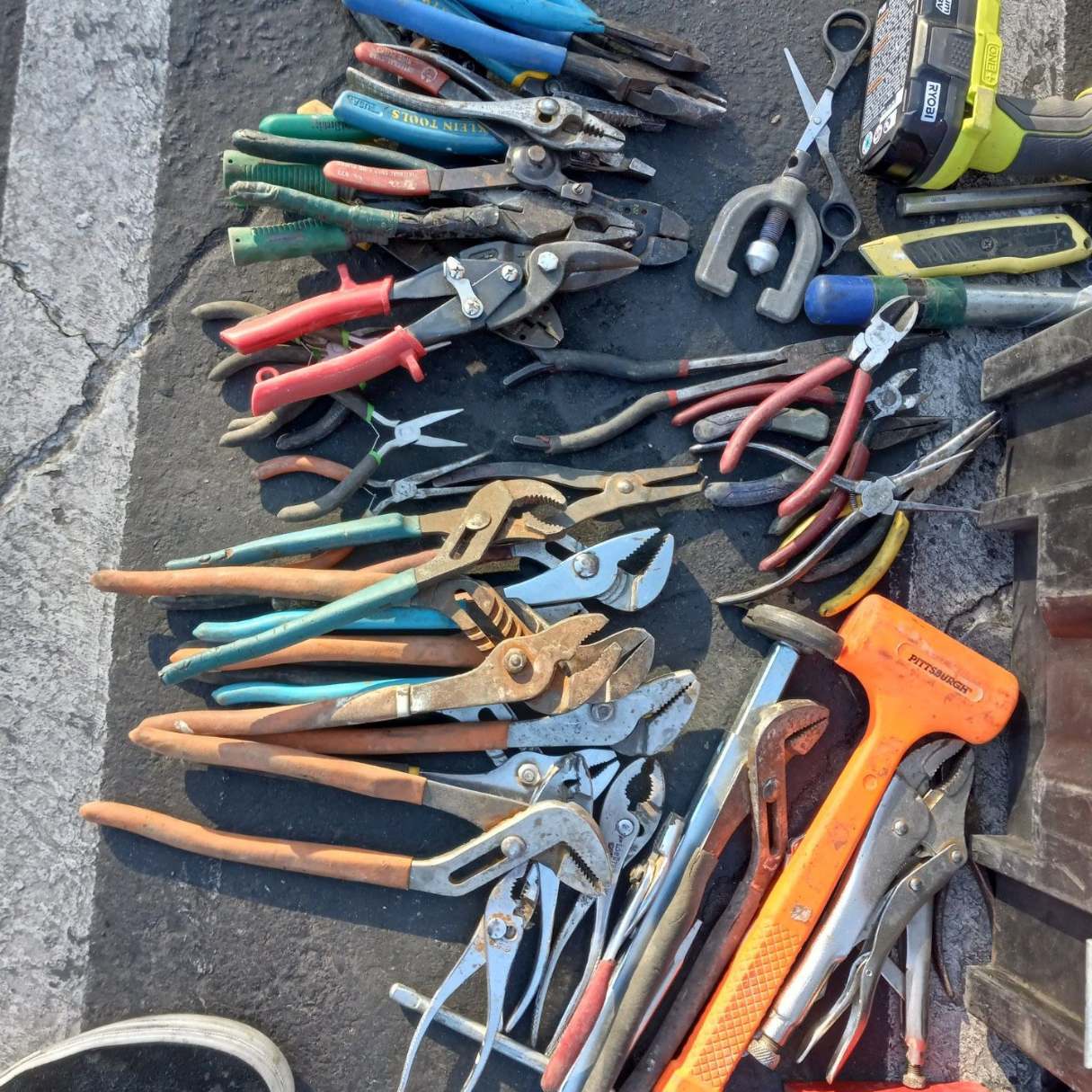

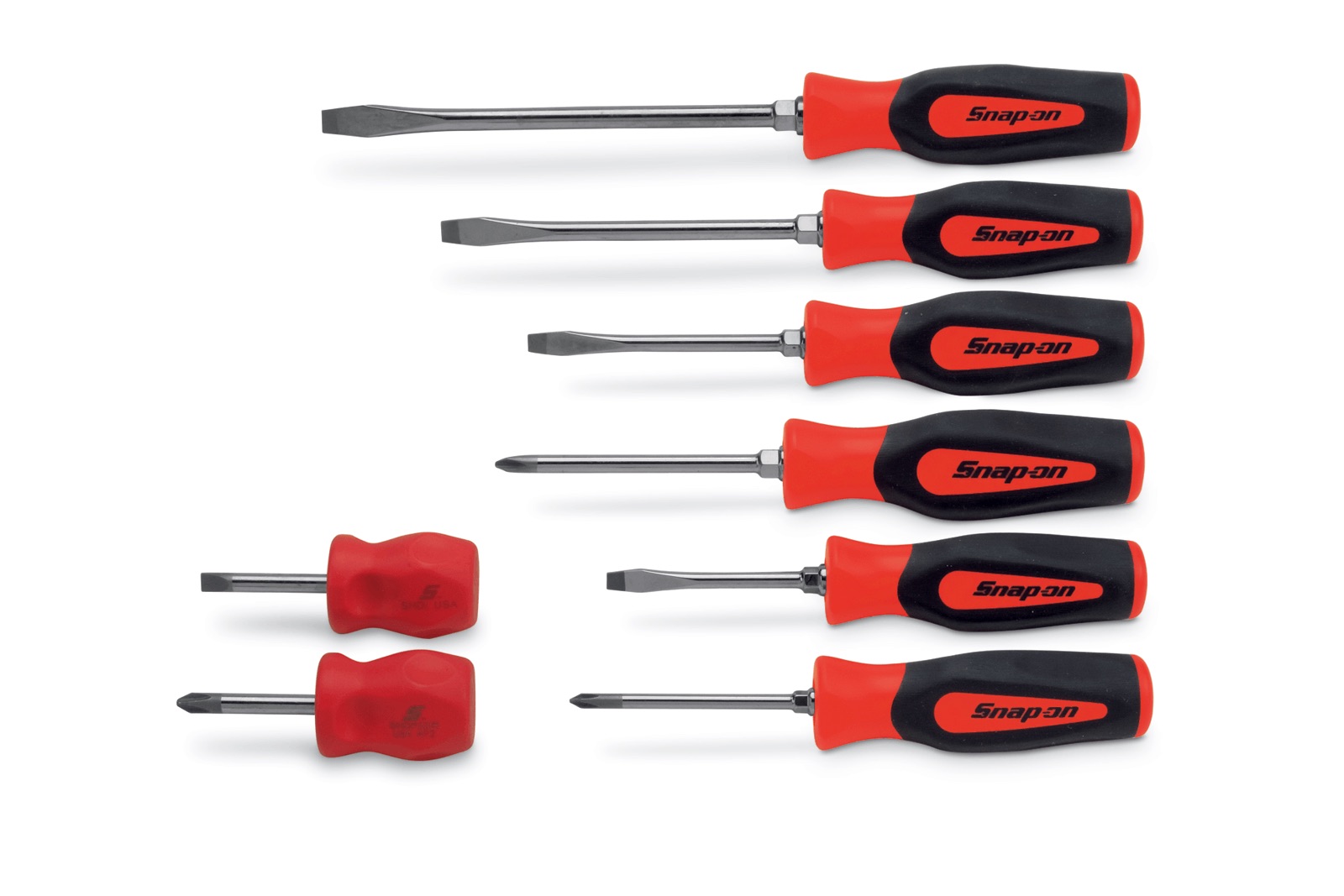

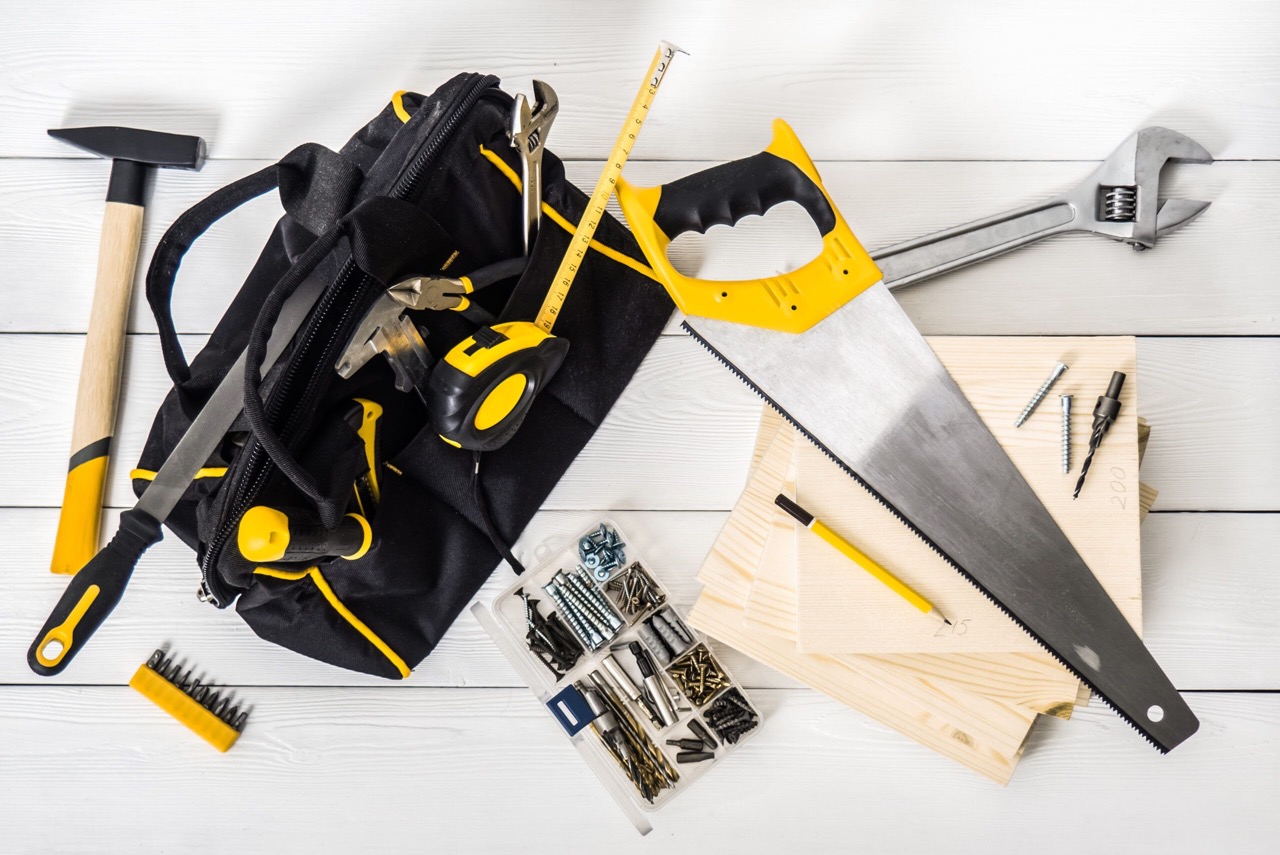
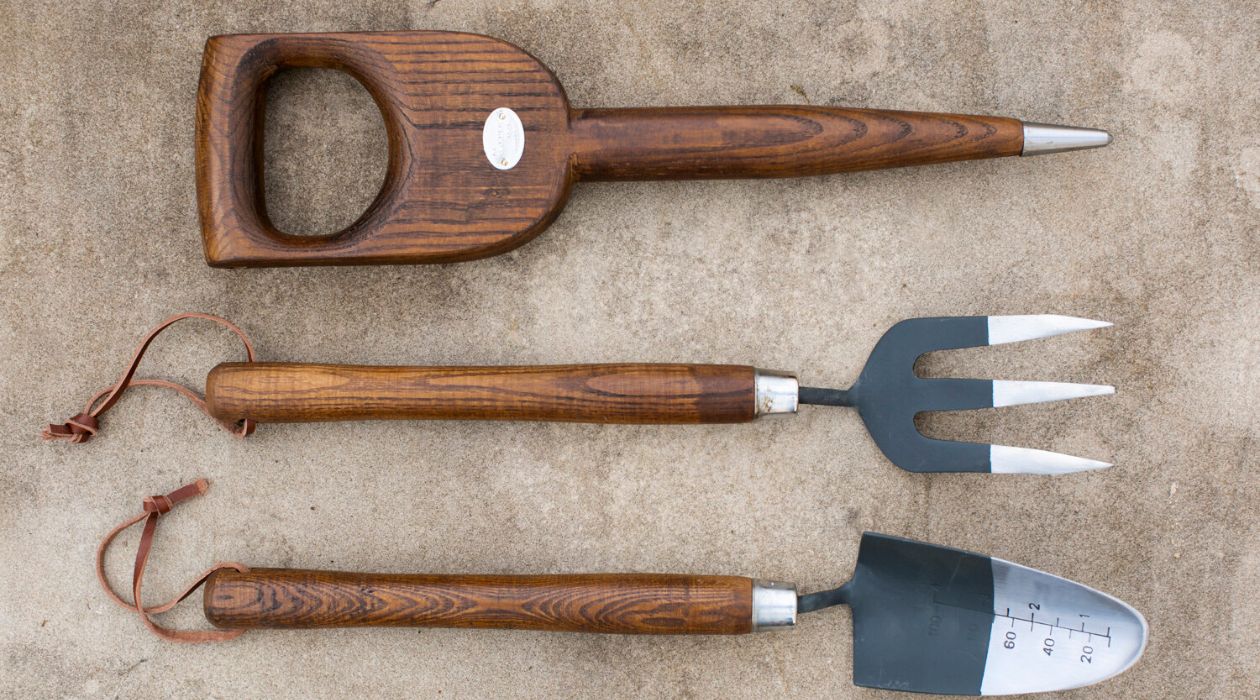
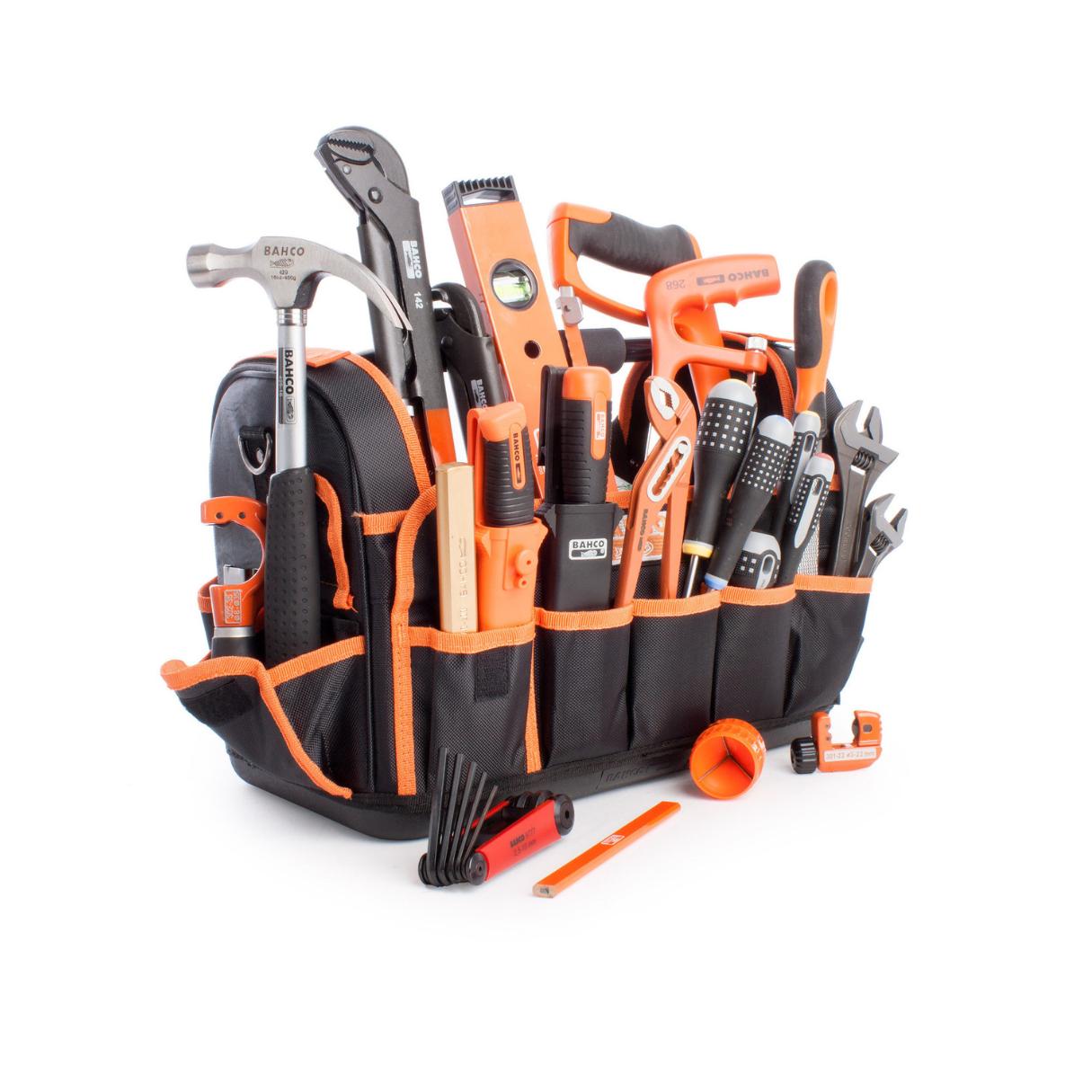
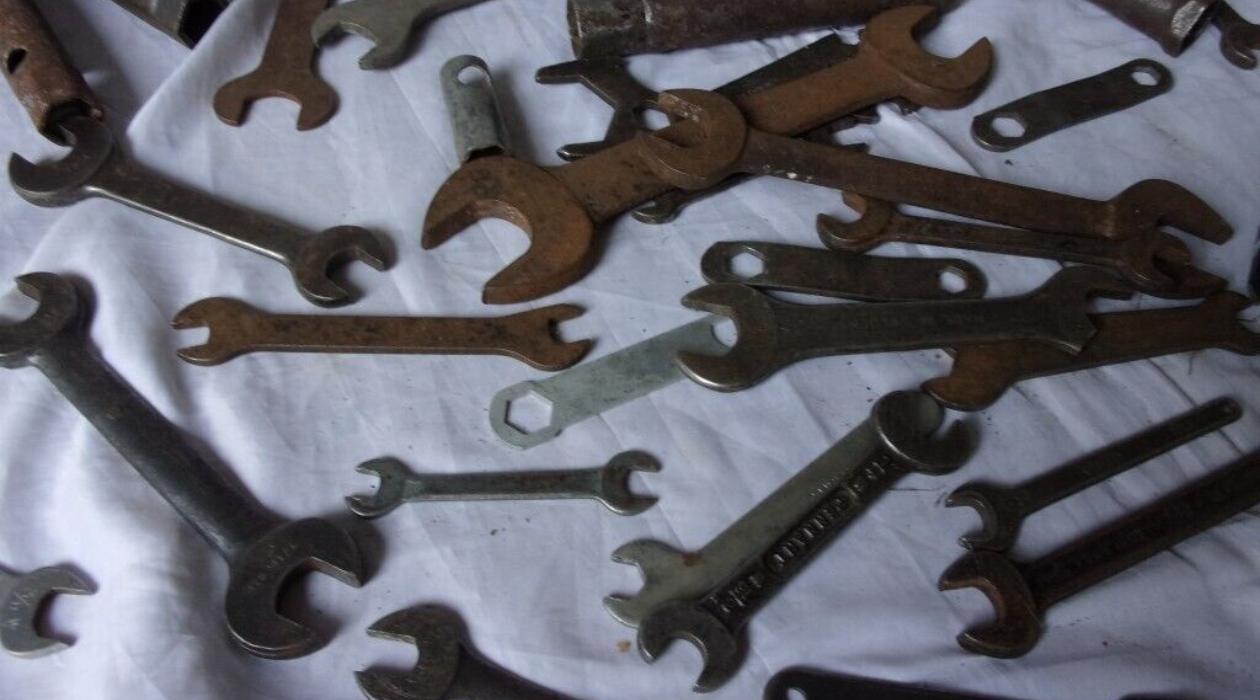

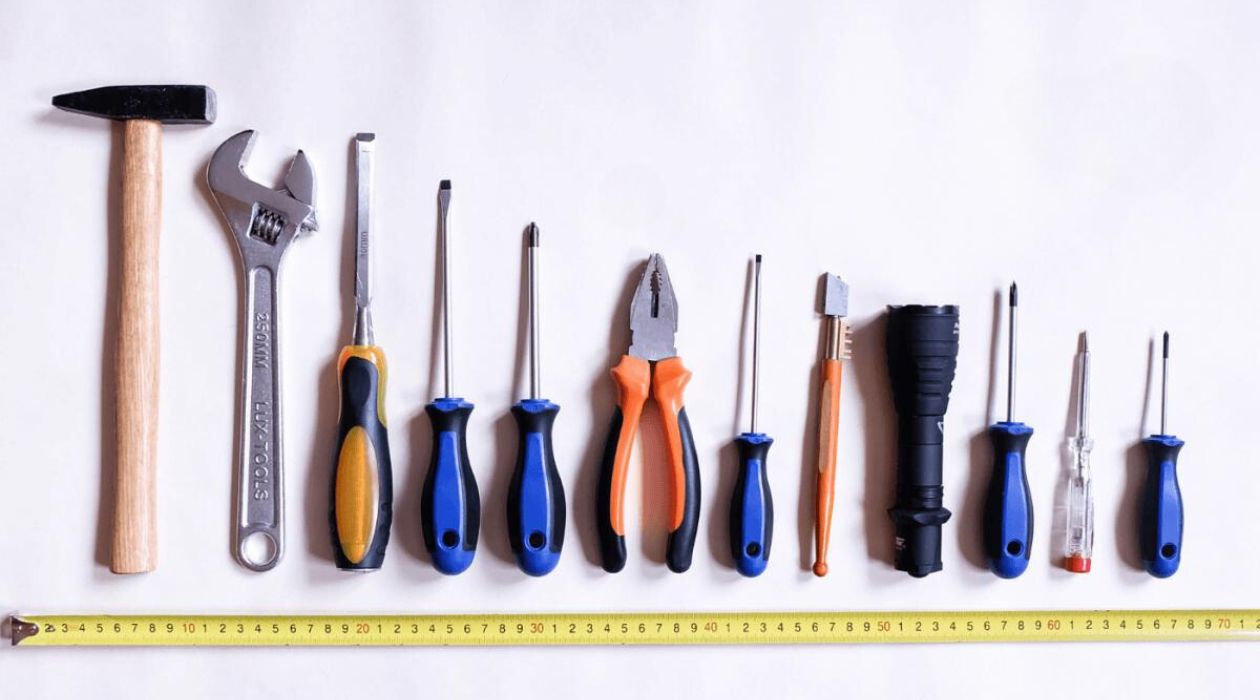


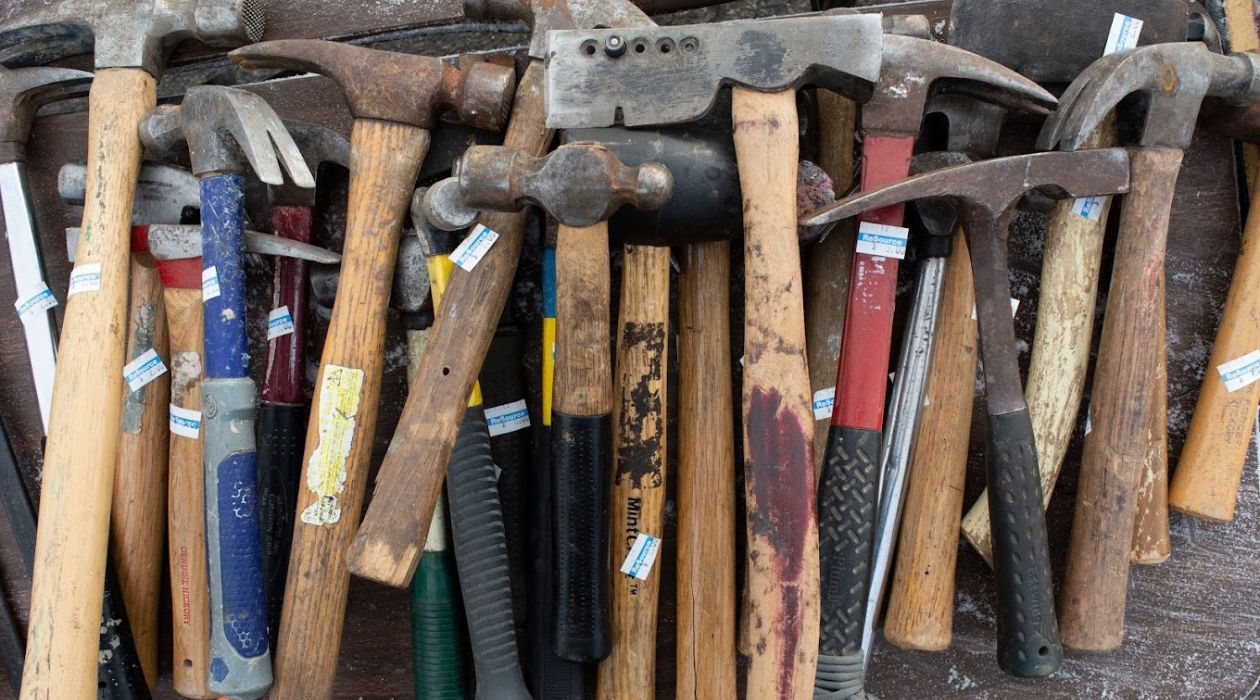


0 thoughts on “What Hand Tools Can You Bring On An Airplane”